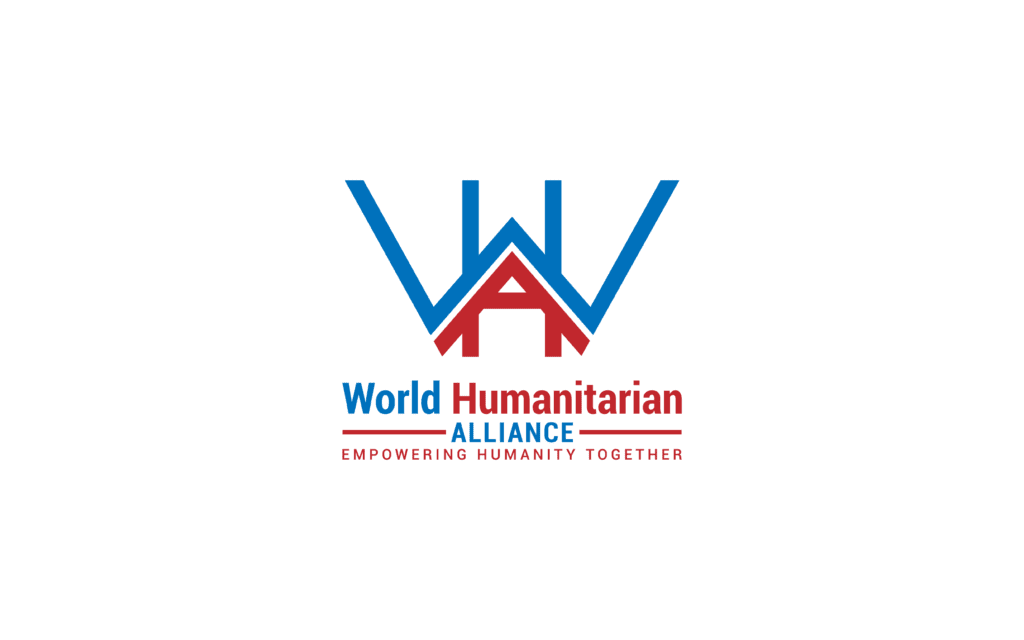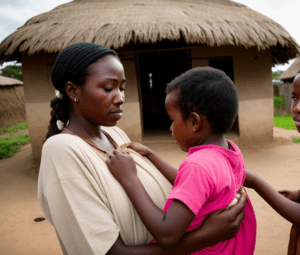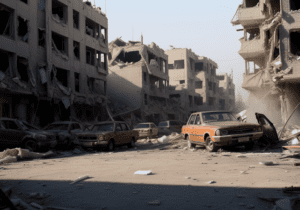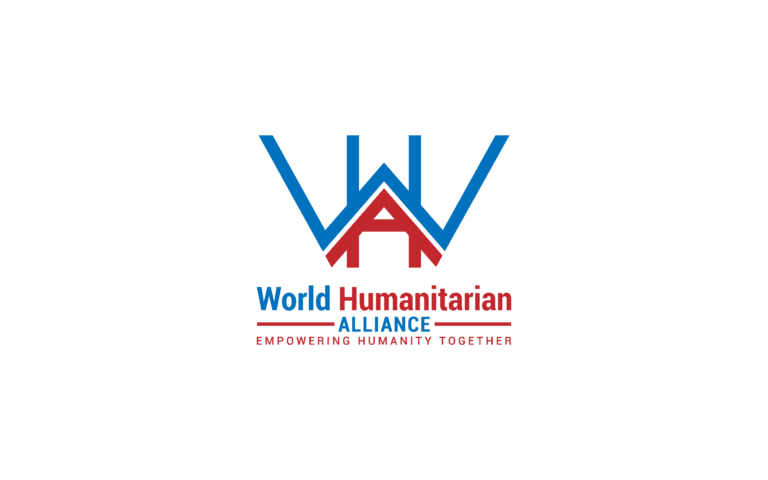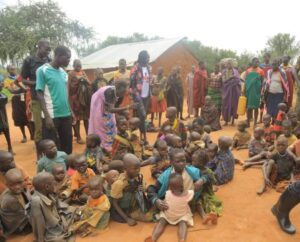
Blog
By Amanda B. Dorman
Communications Coordinator
The world has witnessed a myriad of disasters in recent years. Natural calamities, political upheavals, and conflict zones are omnipresent in today’s headlines. But amidst these heart-wrenching scenarios, there’s a beacon of hope – The World Humanitarian Alliance (WHA). Their unparalleled commitment to delivering humanitarian aid has touched countless lives across continents. In this blog post, we’ll delve into the transformative power of their actions in Africa, Ukraine, and the Middle East.
A Beacon of Hope in Africa
The African continent is a tapestry of cultures, landscapes, and challenges. WHA’s contribution to disaster relief here has been nothing short of miraculous. Their rapid response to the 2022 drought in the Sahel region and cyclone in Madagascar, reaching over a million individuals with immediate aid, speaks volumes. But it’s the stories of individuals like Rasoanirina, a farmer from Madagascar, and Ajole, a single mother from South Sudan, that truly humanize their efforts. WHA’s focus isn’t just about providing immediate relief; it’s also about sowing seeds of resilience and long-term change.
Steadfast Support in Ukraine
Ukraine’s political tremors have affected millions, but WHA’s unwavering commitment shines through. By reaching over 1.2 million people, setting up mobile healthcare units, and initiating programs that foster long-term recovery, they’ve made a mark. Their efforts in rehabilitating schools and stimulating local economies amidst the conflict underscore their vision of a restored Ukraine. Their holistic approach even extends to mental health, ensuring the traumas of conflict do not overshadow the hopes of tomorrow.
Resilience and Recovery in the Middle East
A region riddled with political unrest and conflict, the Middle East presents unique challenges. WHA’s interventions in Syria and Yemen, often termed as epicenters of human suffering, showcase their determination to alleviate pain. They’ve touched 3 million lives in Syria and extended critical health support in Yemen. Their efforts aren’t just limited to providing immediate necessities. By setting up Child Friendly Spaces and community cohesion programs, WHA ensures a promising future for children and fosters unity amidst diversity.
Stories from the Middle East, like Amina’s entrepreneurial spirit amidst Yemen’s conflict or Ahmed’s pursuit of education in Zaatari camp, showcase the true essence of WHA’s efforts. It’s not just about numbers; it’s about real people, real stories, and real transformations.
Conclusion
WHA’s work across continents is a testament to the indomitable human spirit and the profound difference that focused humanitarian efforts can make. Their stories aren’t just about disaster relief; they’re narratives of hope, resilience, and recovery. As readers, it’s essential to recognize and support such initiatives that strive for a world where humanity prevails, irrespective of borders or calamities.
